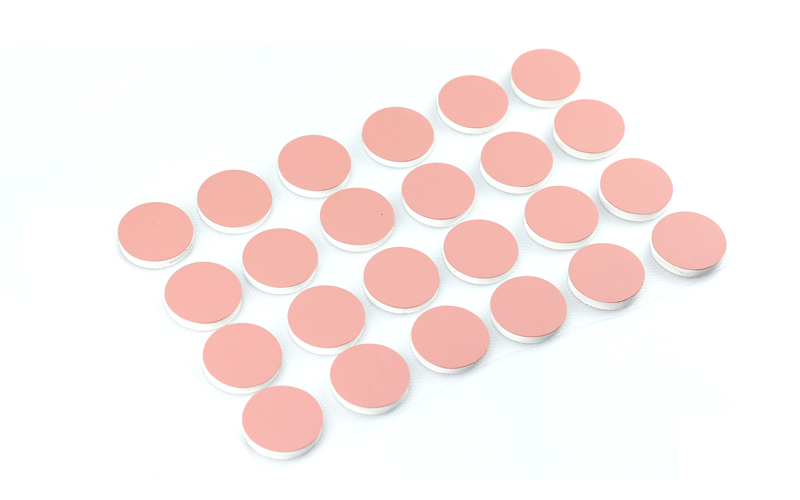Is There a Difference in Thermal Gap Pads Softness?
- Posted on:2023-08-14 16:18:00
- Source:AOK Thermal Pad Manufacturer Company News
There is a difference in the softness of thermal gap pads, which is often characterized by their Shore 00 hardness. This hardness measure relates to the pads compliance or 'softness'. It's an important aspect because it can impact the pad's ability to conform to irregular surfaces, fill gaps, and maintain efficient thermal conductivity.
Different applications and conditions require different levels of softness. For instance, a softer pad may be more suitable for filling irregular or larger gaps, while a harder pad may be more appropriate when only small gaps are present or where higher mechanical pressure can be applied.
Thermal gap pads are typically available in a range of hardness levels to suit different requirements. For example, a product may be available in Shore 00 hardnesses of 30, 40, 50, etc., with the lower number indicating a softer pad.
| Shore 00 Hardness | Softness |
| 30 | Very Soft |
| 40 | Soft |
| 50 | Medium |
| 60 | Hard |
| 70 | Very Hard |
Keep in mind that the hardness or softness of a thermal gap pad is just one of many factors that can influence it's performance, along with thermal conductivity, thickness, operating temperature range, and other parameters. Therefore, it's essential to consider all these factors when selecting a thermal pad for a specific application.
The choice of softness in a thermal gap pad depends on the specific requirements of the application. Factors such as the roughness of the surfaces, the size of the gap to be filled, the desired level of thermal conductivity, and the mechanical constraints of the system all play a role in determining the appropriate softness of the thermal gap pad to use.
Related Articles: About the Hardness of Thermal Pads
If you would like to learn more about AOK performance thermal materials, please visit our website at www.aok-technologies.com


